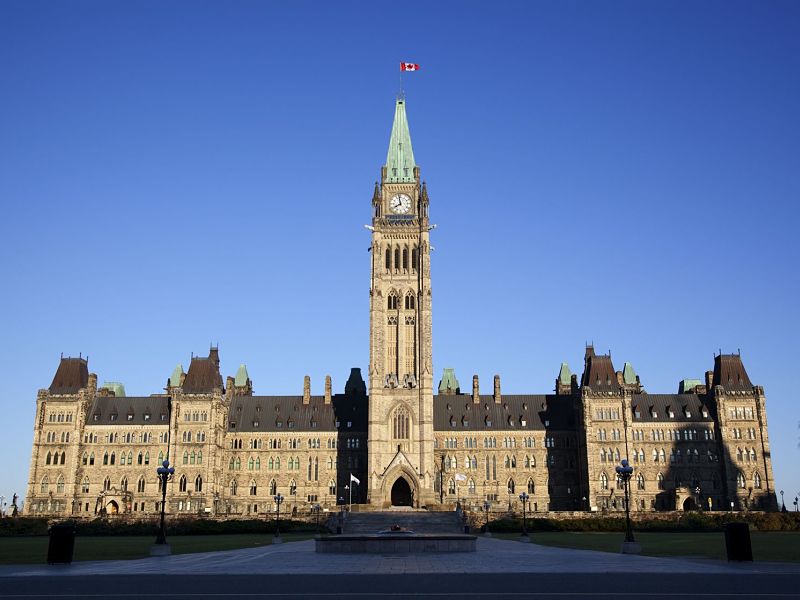
Federal Finance Minister Bill Morneau’s 2018 budget had a bunch of new initiatives, mainly focused on gender parity, social and rental housing and indigenous people. These amount to a net $4.9 billion in spending for fiscal 2019, ending March 31, 2019, and another $5.1 billion is to be spent in these areas over the following four years.
Included in the $10 billion in spending on these initiatives over the next five years is $4.8 billion under the heading of Indigenous “reconciliation.” Among many initiatives aimed at gender parity, there’s $2 billion over five years for “additional support for the feminist international assistance policy.”
Although that sounds like quite a bit of money, it’s small compared to the 11-year $81.2 billion infrastructure program announced in the Budget 2017 — particularly if the five-year $11.9 billion infrastructure program in Budget 2016 is added in.
There’s little mention of these big infrastructure programs in Budget 2018. Only at the very end of the “budget plan” is there a table updating the programs. In fiscal 2019, spending from the two programs is expected to amount to $5.4 billion, more than the $4.9 billion from all Budget 2018 initiatives. In each of fiscal 2020 and 2021, a further 7.5 billion is planned under these programs.
There’s also little mention of the Department of National Defence in Budget 2018. This is the largest department, with planned net expenditures of $20.2 million in fiscal 2019. Indigenous Services Canada is next biggest at $11 billion, which includes $1.3 billion of measures in Budget 2018.
Overall, the budget projects a 2.5% increase in program expenditures in fiscal 2019. That’s down substantially from increases of 6.1% in both fiscal 2017 and 2018. Morneau is planning to increase these expenditures by 3% in 2020, 3.1% in 2021 and 2.8% in each of 2022 and 2023.